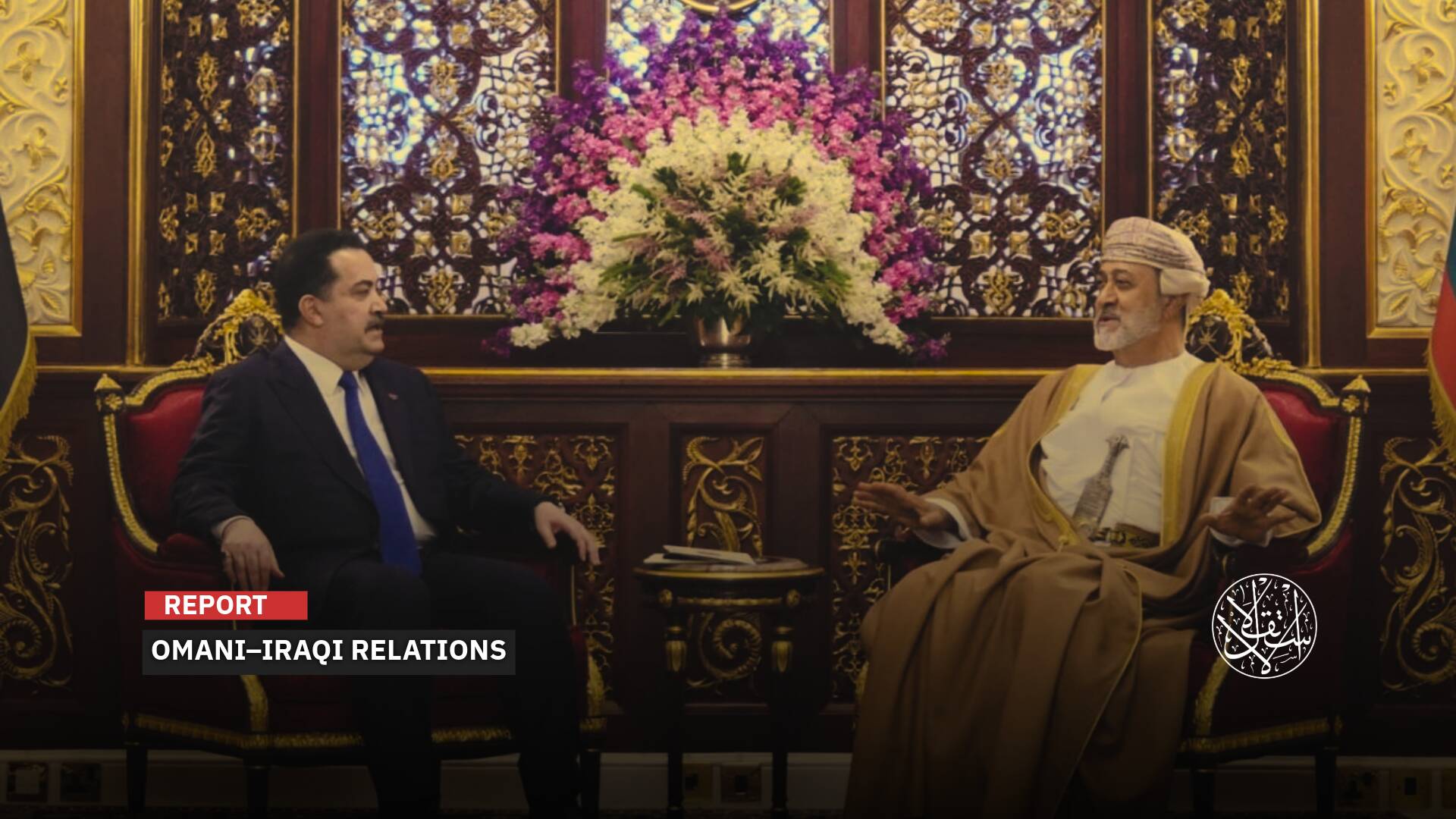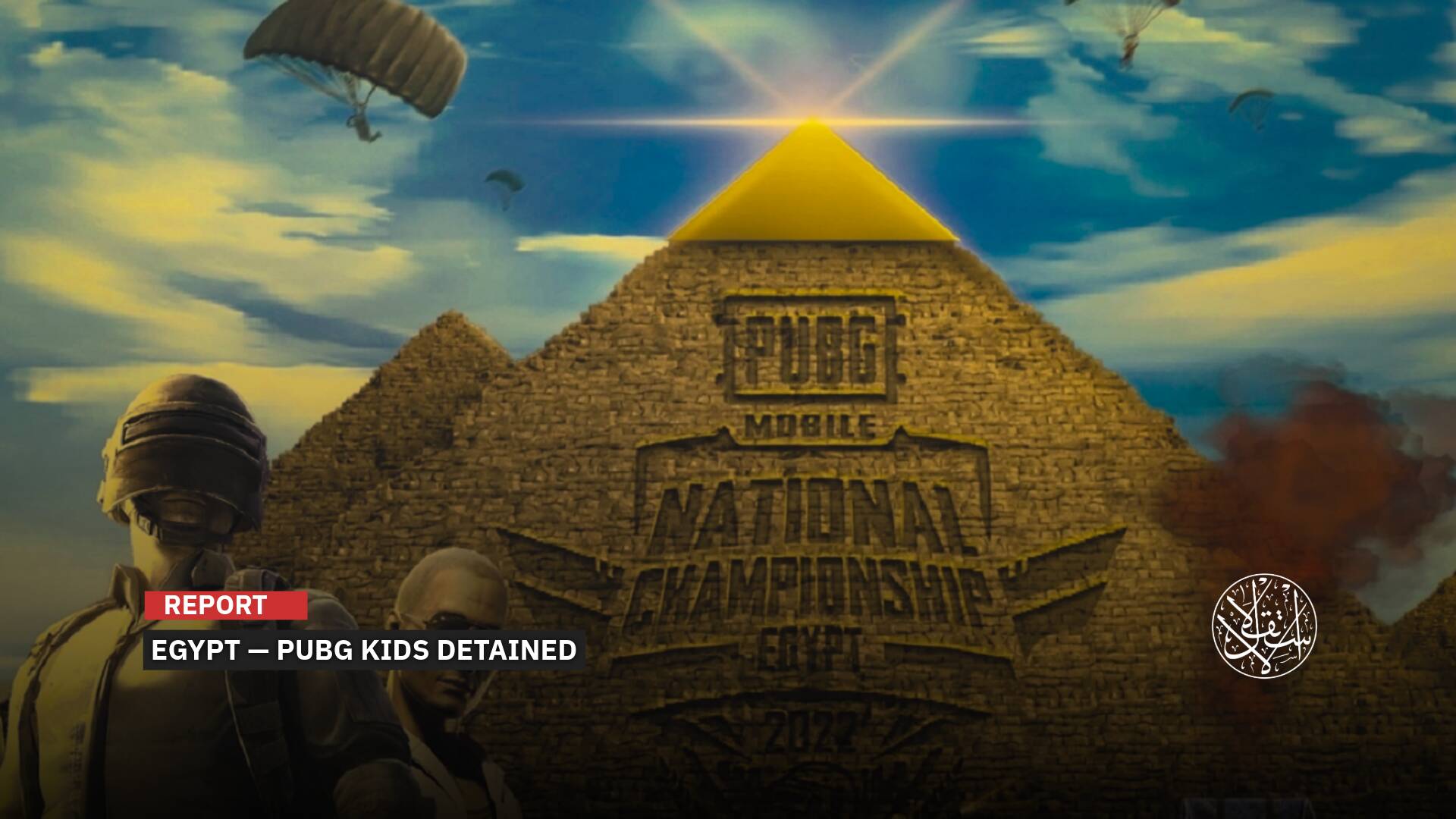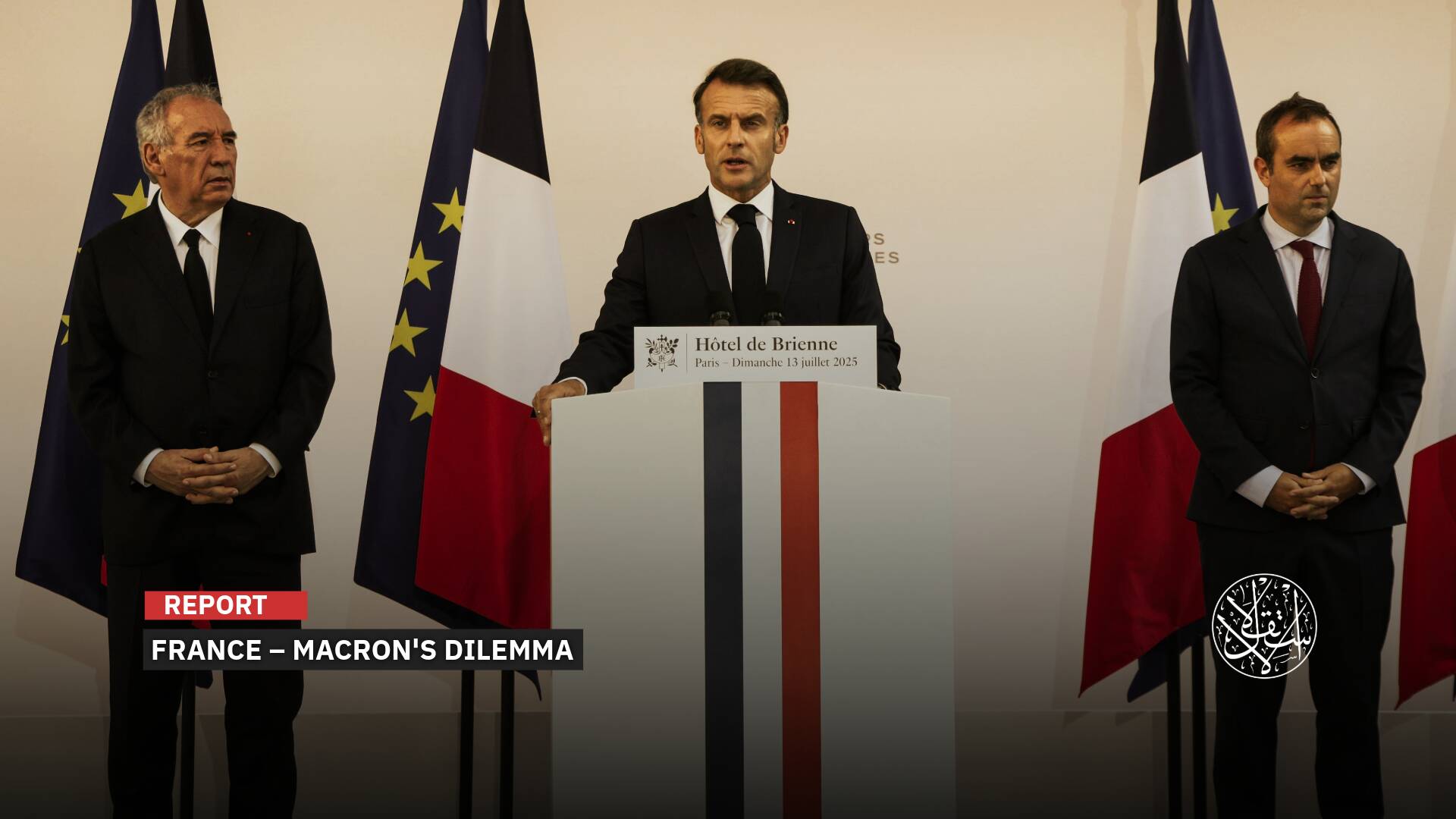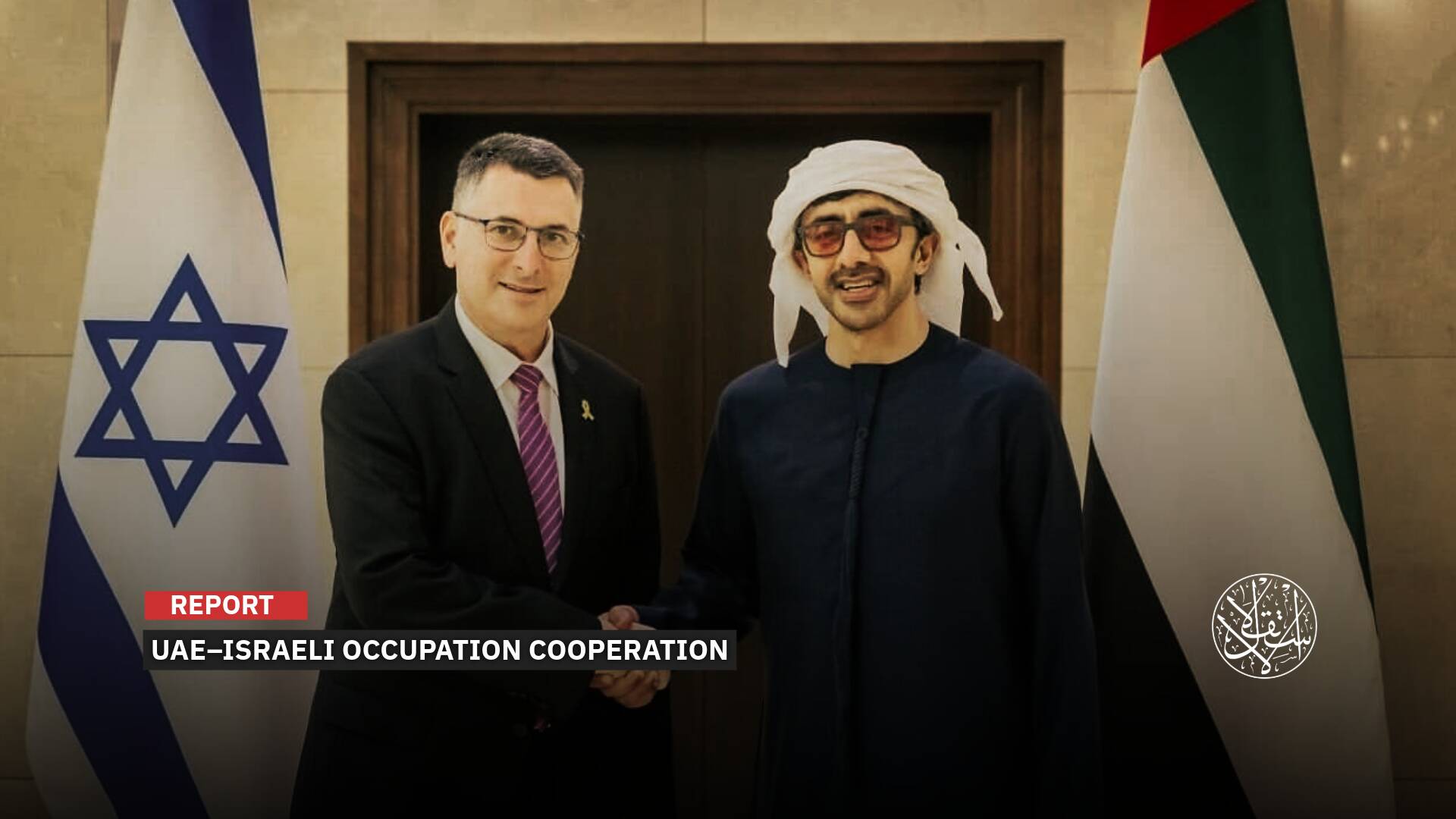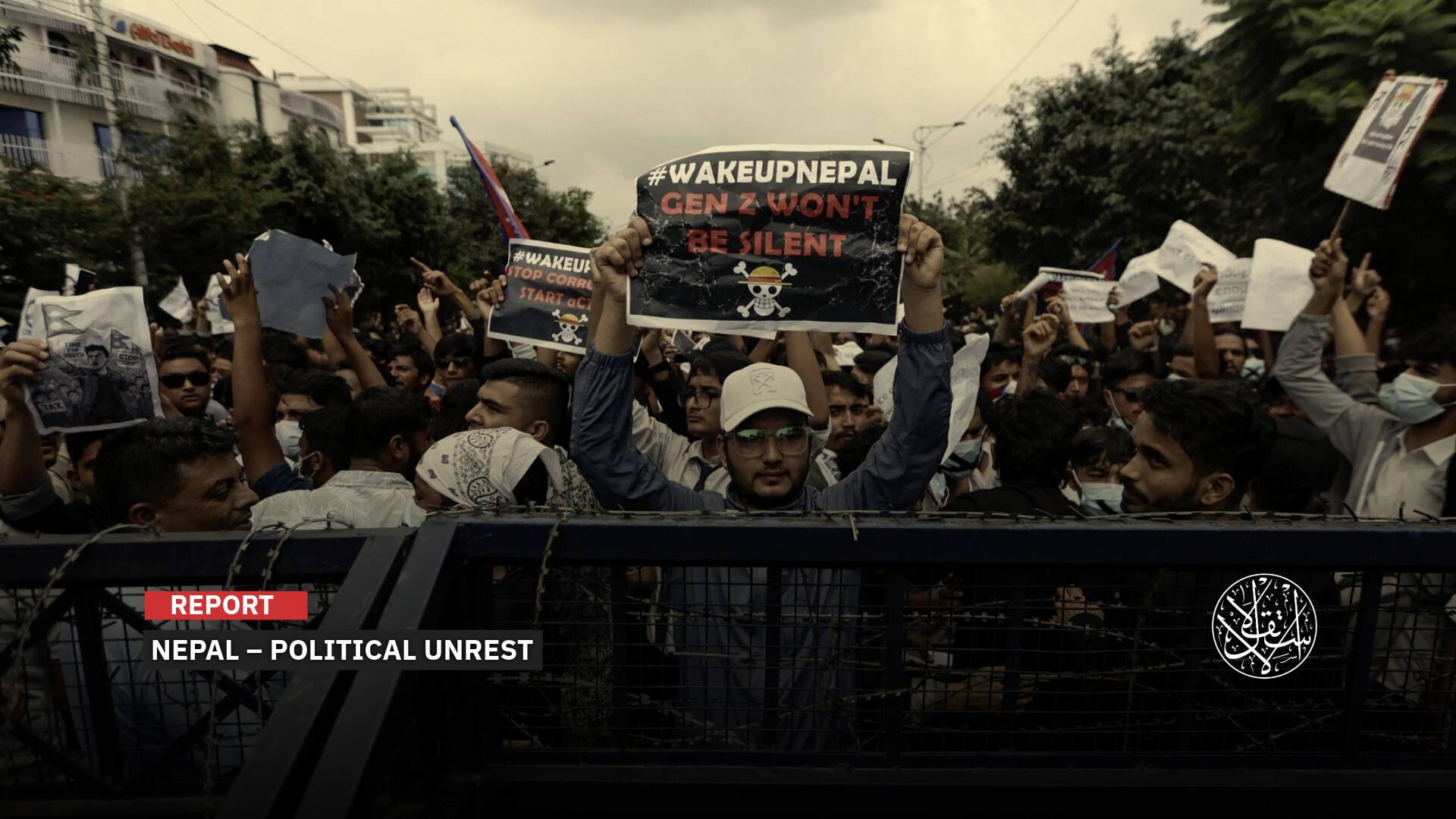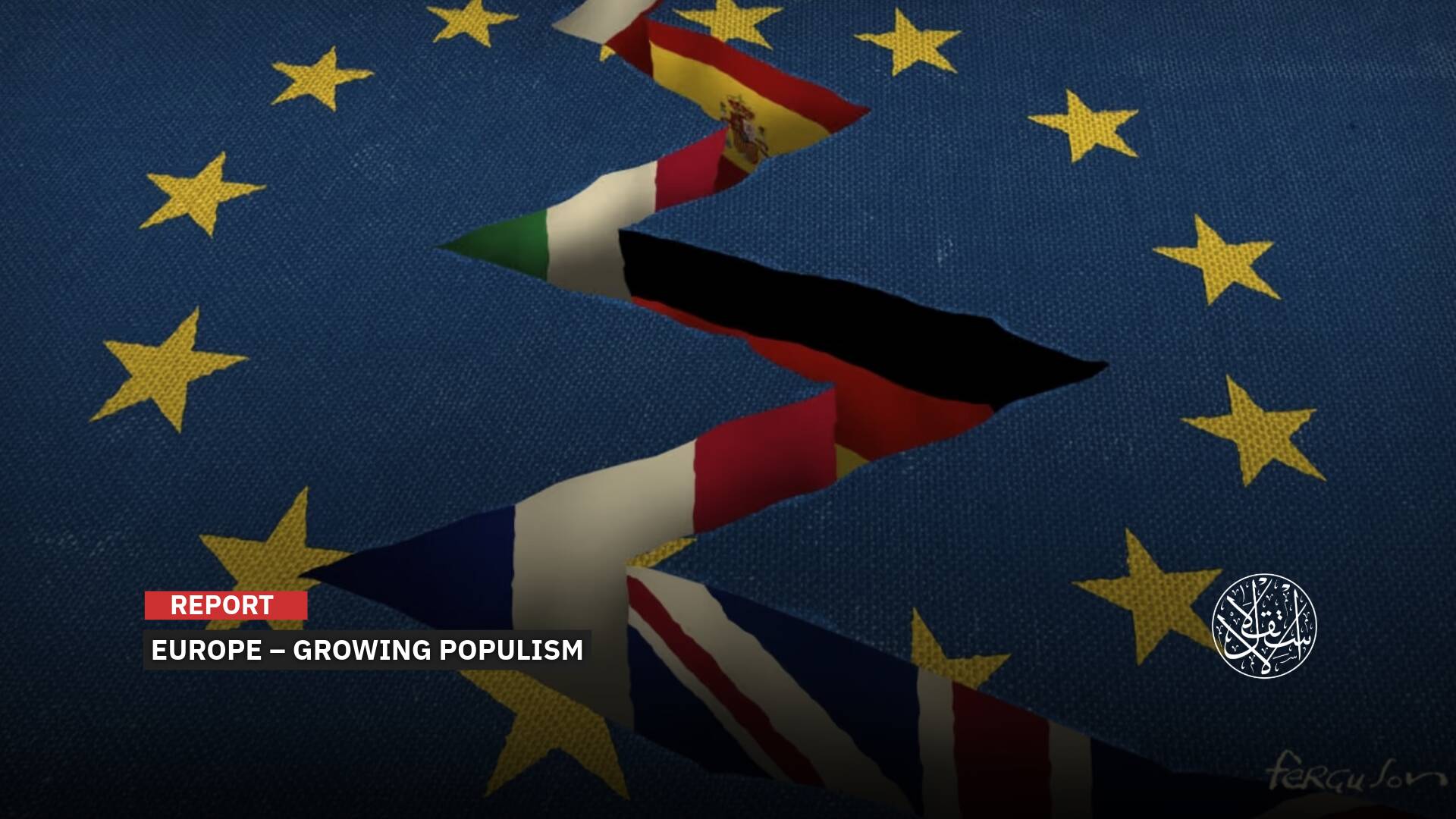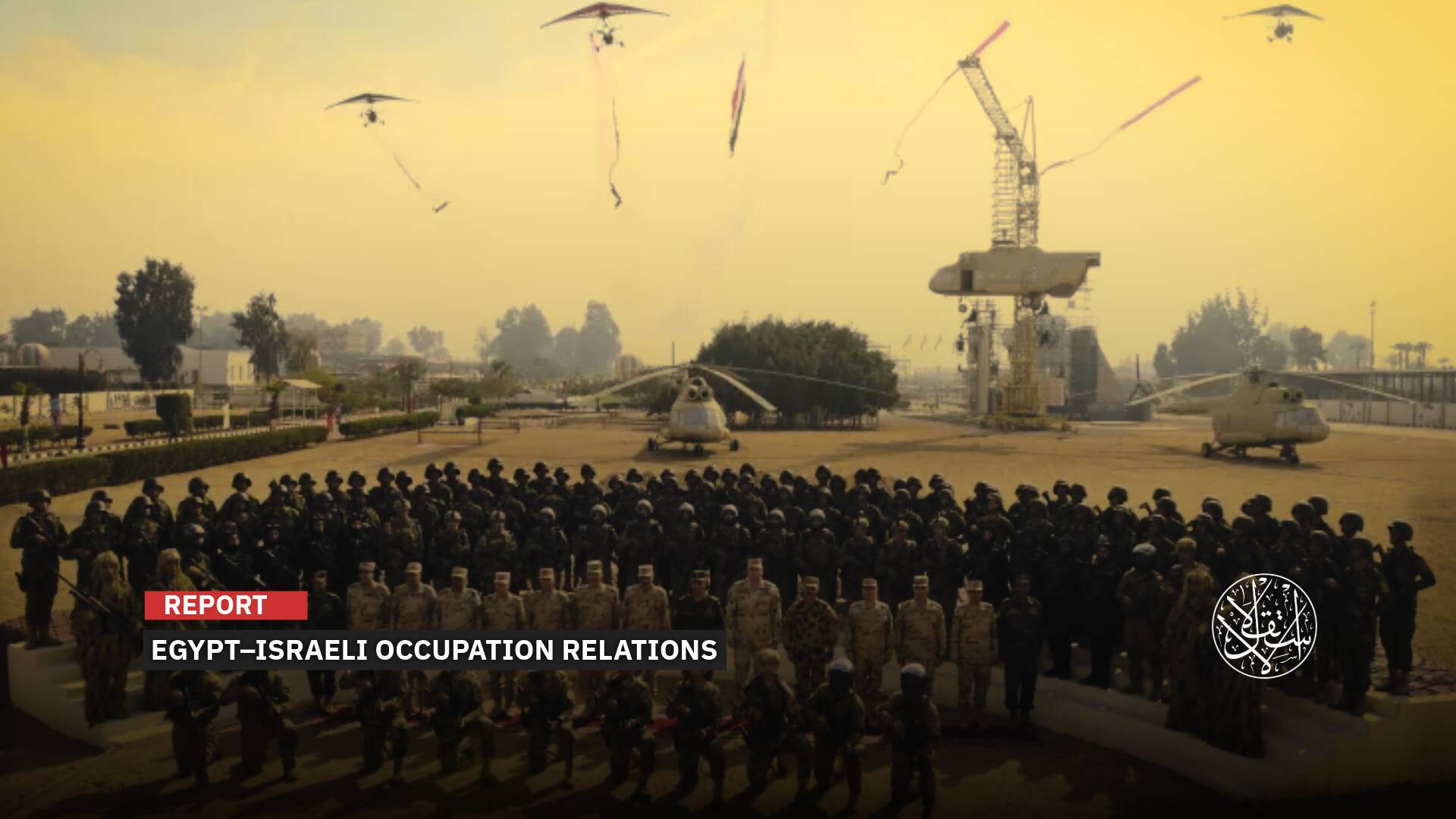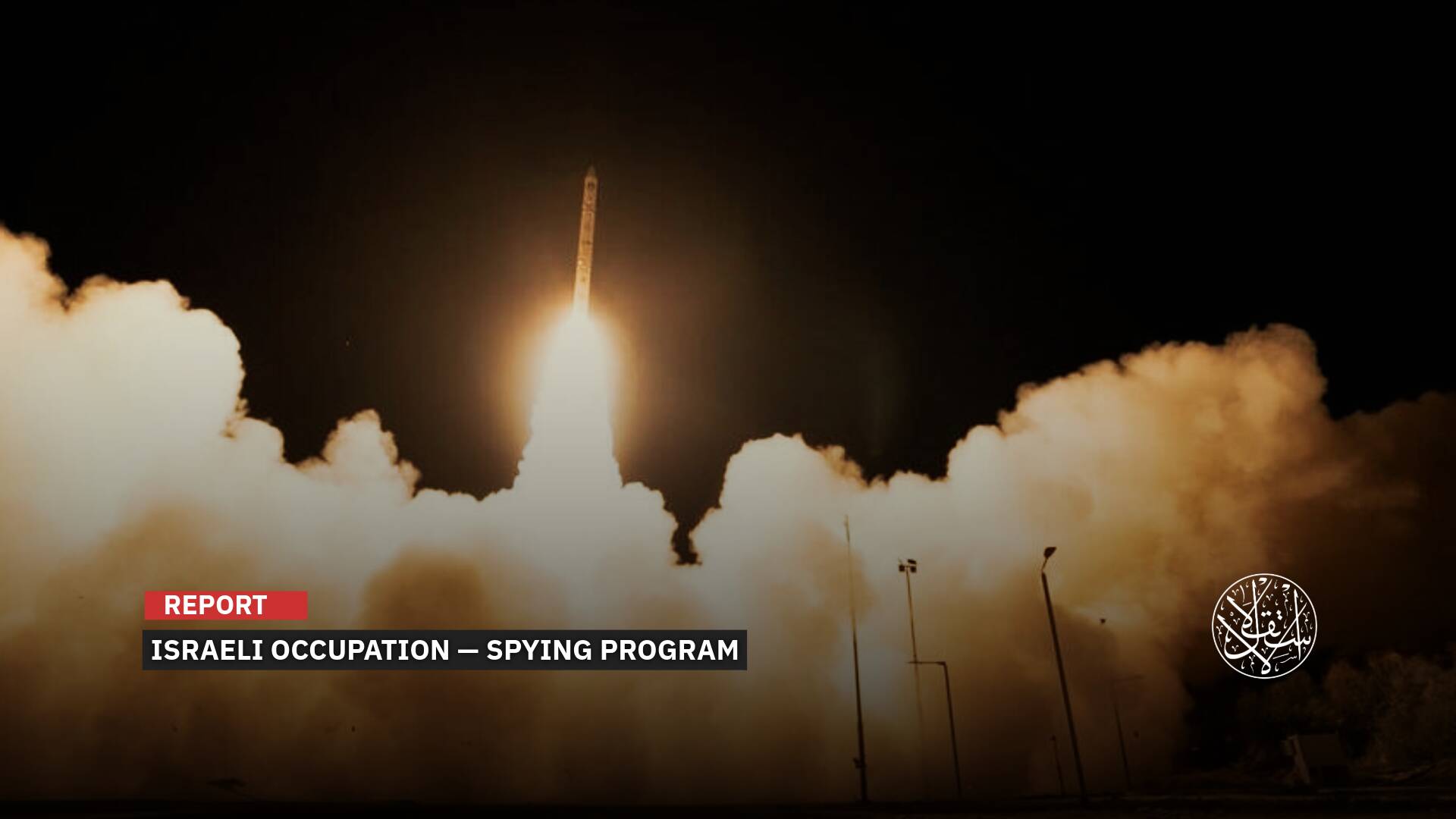How Some Arab States Are Helping ‘Israel’ Starve Gaza

Some Arab countries have cooperated with "Tel Aviv" to deny the famine and humiliate the people of Gaza.
“Gaza is drowning in aid on TV, but on the ground, hunger never stops.” That was the phrase repeated by thousands of starving Palestinians after a day when “Israel” claimed to enforce a humanitarian pause and “flood” the besieged Strip with food.
What stood out was how some Arab states echoed “Israel’s” narrative, promoting the image of generous aid deliveries while denying the existence of famine. They joined in with airdrops and food convoys that rarely reached those who actually needed them.
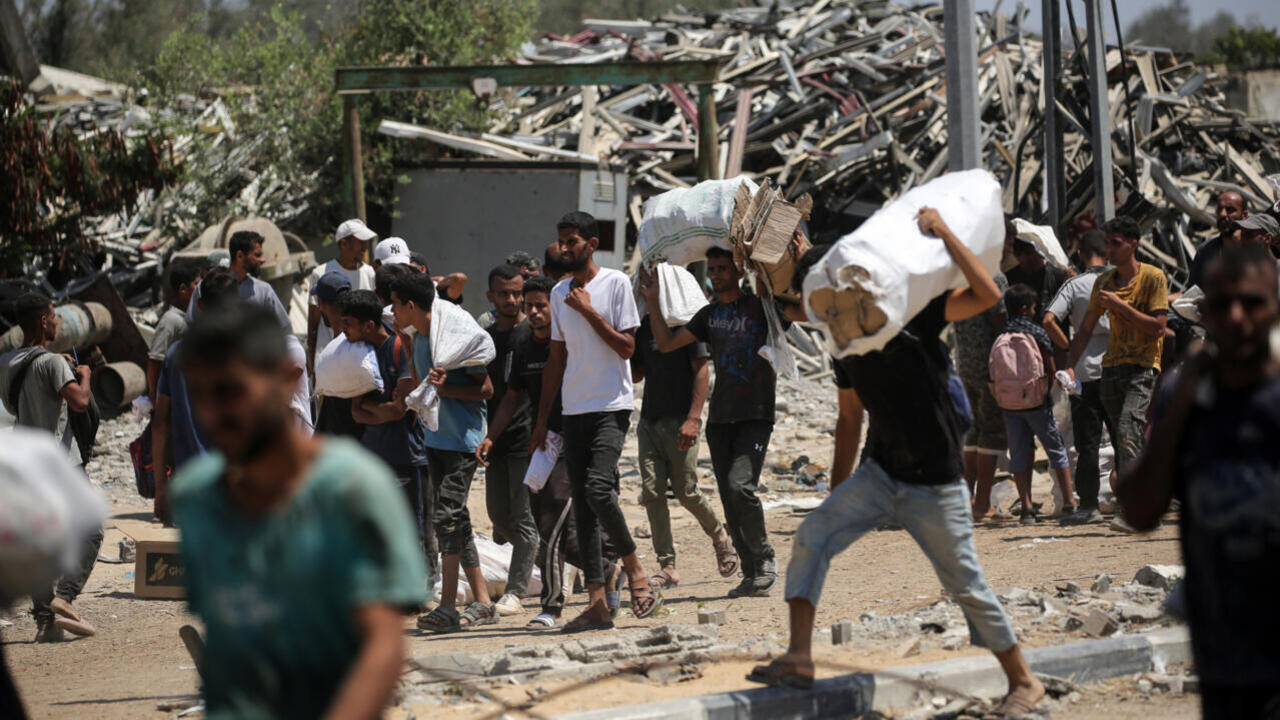
A Media Stunt
The story began late on July 26, 2025, when the Israeli Occupation army abruptly announced a so-called “humanitarian pause” in parts of Gaza. Military spokesperson Avichay Adraee claimed that, starting the next day, daily breaks in “combat operations” would take place from 10 a.m. to 8 p.m., for humanitarian purposes. He also said the move had been coordinated with the United Nations and international organizations, a claim those bodies did not confirm.
According to Channel 12, the decision came after a meeting between Prime Minister Benjamin Netanyahu, War Minister Yisrael Katz, Foreign Minister Gideon Sa’ar, and senior security officials. It was clear this wasn’t about feeding the starved civilians. It was about feeding the headlines.
Gaza remains in the grip of one of the worst humanitarian disasters in its history. The Israeli Occupation shut all crossings on March 2, 2025, and banned the flow of food, medicine, and essentials.
The result has been a deepening famine, alongside a relentless genocide waged by “Israel” with U.S. support since October 7, 2023, leaving over 204,000 civilian people killed or wounded, most of them women and children. More than 9,000 remain missing, while hundreds of thousands have been displaced and many have died of hunger.
On the very day aid was supposed to arrive, only a few trucks made it into Gaza, and many were stolen by thieves and gangs working with the Israeli Occupation forces.
Meanwhile, limited air drops caused more disaster as supplies fell on displaced people’s tents, injuring several Palestinians.
So, to Palestinians, it was just another scripted performance, a media circus to polish the Israeli Occupation’s image and pretend that “Israel” is not starving the people of Gaza on purpose.
At the end of the day, Gaza’s government media office reported that just 73 trucks had made it through, alongside three airdrops. It said the famine continues to grow, becoming more severe and brutal, as the siege persists and essential supplies are blocked. It stressed that the real solution lies in fully opening the crossings, breaking the siege, and allowing food and baby formula to enter immediately and regularly.
The office described the attempts to deliver humanitarian aid to the Gaza Strip as a “comical show,” pointing to the international community’s complicity through false promises and misleading information, while the Israeli Occupation aggression continues and the humanitarian crisis worsens.
It noted that the total payload from the three airdrops equaled no more than two trucks and had been dropped in active combat zones, putting civilians in further danger. Most of the aid that did reach Gaza, it said, was stolen before arriving at official distribution centers, often in full view of Israeli troops, who insist on blocking its delivery, increasing the suffering of the people and undermining relief efforts.
Gaza’s government media office concluded that the situation reflects a broader failure by the international community to act responsibly in the face of a growing humanitarian catastrophe. It called for immediate, safe, and organized access for aid to reach those in need, without media shows or military restrictions.
Al-Hayya pointed out that every five airdrops amount to just one small truck. Instead of these “staged stunts,” he called for the crossings to be opened and aid to be delivered with dignity, a right guaranteed under international law, even in times of war.
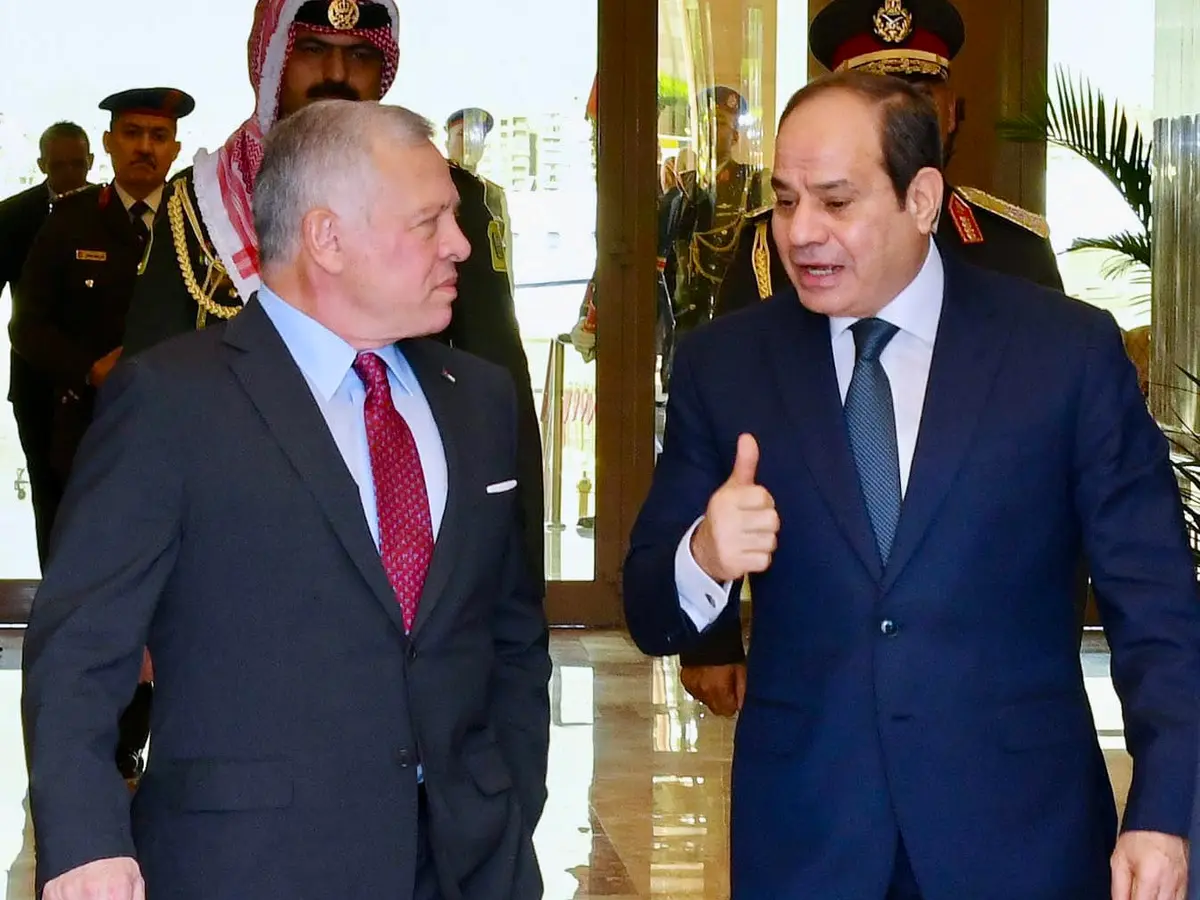
Arab Complicity
The most alarming aspect of recent events is how some Arab states have aligned with Israeli plans without protesting the humiliating way aid is being delivered, aid that never reaches those who truly need it.
Local militias working with the Israeli Occupation army have been ordered to steal the aid in plain sight and then resell it at high prices. This confirms that these aid efforts are nothing more than a media stunt.
While the United Nations refuses to participate in the current distribution, which is managed by the “Gaza Humanitarian Foundation” run by American mercenaries alongside the Israeli Occupation army, some Arab countries have cooperated with Tel Aviv to deny the famine and humiliate the people of Gaza.
Egypt was quick to send dozens of trucks through the Rafah crossing, then to Kerem Abu Salem in the south of Gaza, despite having claimed for months that Rafah was open on the Egyptian side but closed on the other side.
Activists say Egypt finally received permission from the Israeli Occupation to open the crossing suddenly. “Israel” took control of Rafah in May 2024 without any response from Cairo.
Meanwhile, trucks carrying humanitarian aid from the United Arab Emirates and Jordan also moved toward Gaza, and both countries carried out limited airdrops.
More concerning was the UAE’s role in an Israeli plan to supply water to specific southern areas of Gaza, which “Israel” calls the “humanitarian zone.” The goal appears to be to confine Palestinians there, preparing them for forced displacement.
Twenty-five trucks from the UAE entered Gaza via Rafah, carrying water pipes for drinking water.
On July 27, the Israeli Occupation army announced it had approved an Emirati initiative to extend a water pipeline from a desalination plant in Egypt to the al-Mawasi area in southern Gaza.
This new project can supply water to around 600,000 people in southern Gaza. The pipeline will stretch seven kilometers, from the Egyptian desalination plant at Rafah to displacement areas between Khan Yunis and Rafah.
During July, Israeli media reported that War Minister Yisrael Katz ordered the military to proceed with a plan called the “Humanitarian City.” This city would be built on the ruins of Rafah in southern Gaza.
Katz said the area would initially house about 600,000 displaced Palestinians forced to evacuate to al-Mawasi in Khan Yunis.
He added that these displaced people would undergo strict security checks to ensure they were not Hamas members. Once inside the area, the Israeli Occupation army would surround them and restrict their movement. They would only be allowed to leave Gaza by sea or cross into Egypt.
The “Gaza Humanitarian Foundation” also plays a role in this plan by forcing locals to receive aid directly from it after excluding the United Nations.
The goal is to force all Gaza residents to move south, confining them in what looks like detention camps, paving the way for their eventual displacement.
While some Arab countries accept the Israeli plan, the United Nations has emphasized that airdrops are only a distraction from the real catastrophe. They do not solve the root cause of the crisis. The UN says trucks fail to reach people and are frequently stolen due to lack of security.
UNRWA stressed that opening all crossings and bringing in large quantities of aid is the only way to prevent worsening famine in Gaza.
The UN agency said that Gaza needs between 500 and 600 trucks of basic supplies daily.
The UN’s rejection of the current aid delivery method drew sharp criticism from Netanyahu, who accused it of making excuses and spreading lies against “Israel.”
He claimed safe routes for aid existed all along, that these are now official, and that there are no more excuses.
“There are secure routes. There have always been, but today it's official. There will be no more excuses,” Netanyahu said.
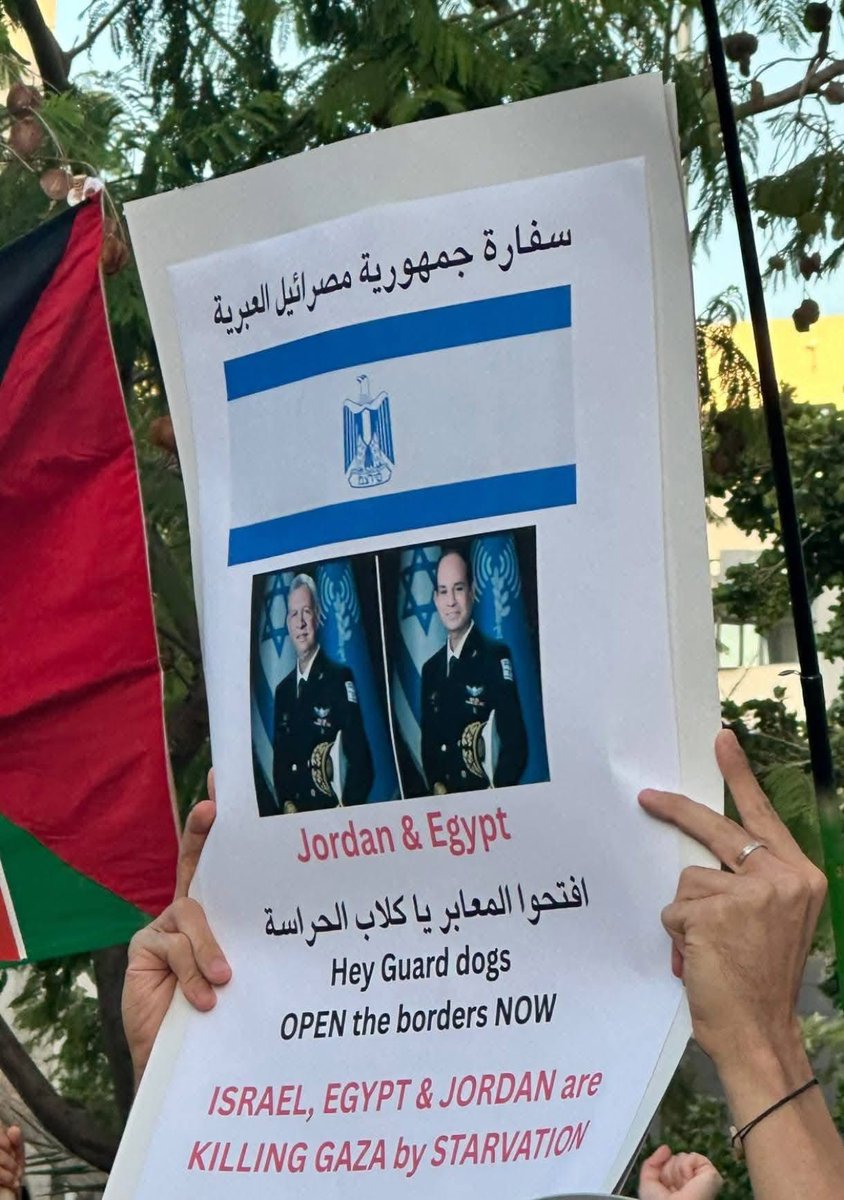
Causes and Motives
Gazan journalist Yasser Mohamed said the sudden announcement of the so-called humanitarian ceasefire came in response to growing global outrage over the starvation in Gaza and mounting public pressure on governments. He added that a shift in the European tone toward “Israel” also played a role.
In an interview with Al-Estiklal, Mohamed explained that the rising official European calls to end the famine and halt the aggression in Gaza pushed Netanyahu’s government to take a public relations move to deny accusations of starving civilians.
But Mohamed pointed to a more significant reason: recent pressure on official Arab regimes. “Protests outside Jordanian and Egyptian embassies worldwide accuse these governments of complicity in the starvation, which may have pushed them to pressure Israel,” he said.
“Everyone knows that recent protests could spark demonstrations inside the two countries bordering Palestine.” He stressed that Israel wants to avoid unrest there, as the collapse of either regime would threaten “Tel Aviv’s” security.
On July 27, Israel’s Channel 12 reported that warnings from “Israel’s” foreign minister and its ambassador to Washington, Yechiel Leiter, prompted the aid effort.
The Israeli Occupation foreign ministry warned that without an immediate move to show change on the famine issue, “Israel” would face a serious crisis.
Notably, on July 28, the head of the Egyptian regime, Abdel Fattah el-Sisi, delivered a televised speech addressing Gaza’s situation. He called on U.S. President Donald Trump to stop the war.
Sisi said his speech followed recent appeals and was “directed to the Egyptian people, and the Arab and international public.”
He sought to deny accusations that Egypt closed the Rafah crossing or helped besiege Gaza, saying: “I speak now because much has been said, and I want to remind people of our positive stance calling for ending the war and a two-state solution.”
“Keep in mind that Rafah is meant for people, and its operation depends on the presence of a party on the other side, not just Egypt,” he added.
Sisi confirmed that aid entry requires coordination with the other party on Gaza’s side of Rafah, currently Israel, to open the crossing and allow aid in.
Back to Israeli Occupation claims, Mohamed said their lies quickly became clear. During the supposed ceasefire, dozens of Palestinians were killed while trying to access aid, even in declared safe zones. Also, aid shipments have not reached those in need.
The Euro-Med Human Rights Monitor called the resumption of aid airdrops after months of starvation “a false relief,” while “Israel” continues to use hunger as a weapon against civilians.
In a July 27 statement, the group said the Israeli-approved airdrops aim to mislead global opinion and downplay the crime of starvation.
They added that airdrops humiliate Palestinians and endanger civilians crowded into less than 15 percent of Gaza’s area.
More dangerously, they said, the tactic supports Israeli Occupation’s policy of collective starvation as part of its systematic genocide of Gaza’s population.
“Israel launched a massive media campaign yesterday, bringing its reporters, officials, and influencers to the aid truck gathering points outside Gaza. The spectacle was backed by a flood of statements claiming that Israel was allowing aid into the Strip, with support from some complicit Arab actors,” said Ramy Abdu, founder and chairman of the Euro-Mediterranean Human Rights Monitor.
“But on the ground, only a handful of trucks actually made it in, and purely for show. Once inside, Israel enabled looters and criminal gangs to steal the aid, after killing dozens of innocent civilians who tried to reach it.”
Al-Jazeera’s Gaza correspondent, Anas al-Sharif, confirmed that most of the aid airdrops fall in areas controlled by Israeli Occupation forces. As for aid trucks, he said they have not entered Gaza, and if some did, they were stolen near Israeli army checkpoints.
Anas emphasized that the starving civilians in the Strip received nothing, and “breaking the famine” is a lie that only serves the Israeli Occupation.


